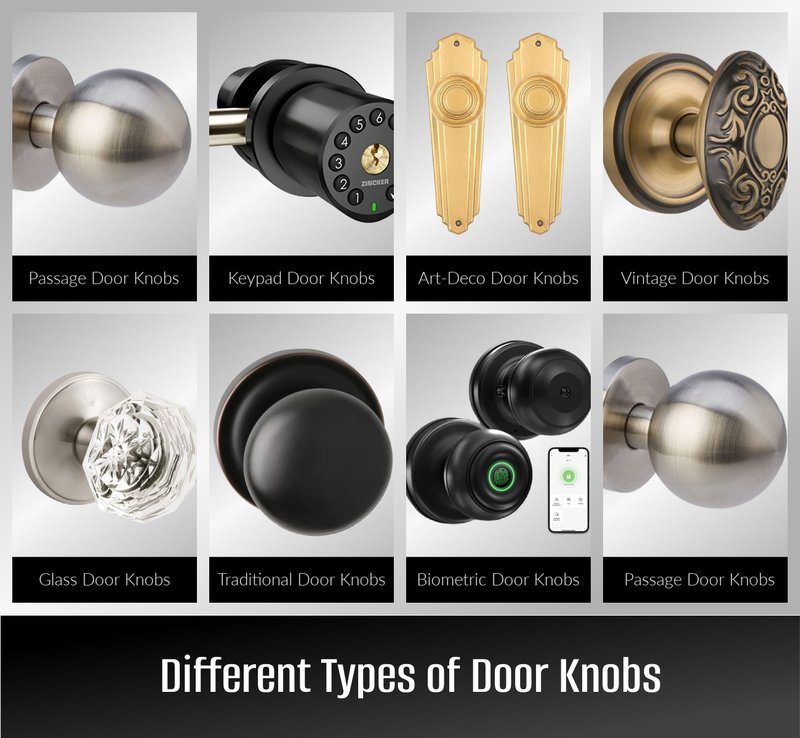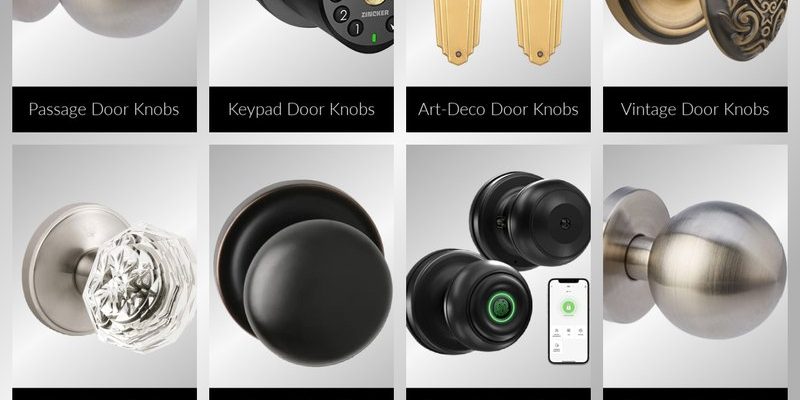
Imagine you’ve just moved into an older home. You walk through the door and notice the hardware looks a bit worn or doesn’t match the style of the house. You might be wondering if that’s just the natural aging process or if someone swapped it out during a renovation. This is where knowing the ins and outs of your door hardware comes into play. Let’s explore this topic deeply, so you’ll know exactly what to look for when assessing your door hardware’s authenticity.
Identifying Original Door Hardware
To kick things off, let’s talk about what makes door hardware original. Original pieces are usually made during the time the door or the house was built. This means they often have a unique style that reflects the architectural design of that period. Here are some signs to help you identify if your door hardware is the real deal:
- Style and Design: Look at the overall style. Does it match the era of your home? For example, Victorian-era homes often have ornate designs, while mid-century modern homes might feature sleek, minimalist hardware.
- Material: Original hardware is often made from higher-quality materials like solid brass, bronze, or wrought iron. If your hardware feels lightweight or made from plastic, it’s likely a replacement.
- Patina and Wear: Examine the finish. Original pieces may have a natural patina, showing age and character, while newer pieces might look too shiny or pristine.
Understanding the style and materials can help you drift through the charm of vintage hardware versus the utilitarian nature of modern replacements. Remember, original pieces can often add value to your home too!
Examining the Installation Method
Another key factor to consider is how the hardware is installed. Original hardware typically follows the building practices of its time. This can include specific screws, fasteners, and installation techniques.
- Types of Screws: If you see square screws, those often indicate older hardware, while modern hardware may use Phillips or Torx screws.
- Mounting Plates: Original hardware might not have a mounting plate, whereas newer replacements often come with various brackets and plates for easier installation.
- Alignment: Check if the hardware aligns correctly with the door. Mismatched or poorly aligned hardware could point to a replacement.
When you look closely at how hardware is fixed to your door, it can give you clues about its age and the care that went into its installation.
Checking for Manufacturer Markings
Believe it or not, many door hardware pieces come with manufacturer markings or stamps. Finding these markings can tell you a lot about your hardware.
- Brand Labels: Look for any visible brand names or logos. If they’re from a well-known manufacturer, researching their history can give you clues about the production dates.
- Patent Dates: Some pieces may have patent numbers or dates stamped on them. This could help you nail down if it’s original or a later model.
- Material Codes: Occasionally, materials will be marked on the hardware itself. If you see codes or abbreviations, doing a little research can lead you to more information.
Finding markings might feel like a treasure hunt, but it can really shed light on the history of your door hardware.
Comparing to Historical Standards
Another aspect to consider is how your hardware stacks up against historical standards. Depending on the style and period of your home, there may be specific traits that define original pieces.
For example, a 1920s Craftsman home might feature Mission-style hardware, characterized by heavy, rectangular shapes and earthy tones. If your door hardware doesn’t fit this aesthetic, it could be a sign of replacement.
Here’s how you can compare the door hardware to historical standards:
- Research Styles: Dive into style guides or online resources that detail the characteristics of hardware from your home’s era.
- Join Communities: Online forums or local historical societies can provide insights and advice from people who have faced similar questions.
- Consult Professionals: If you’re really unsure, consider hiring a historical architect or consultant who specializes in vintage homes. They can help identify and authenticate hardware more accurately.
By comparing your hardware with historical standards, you can gain a clearer understanding of its origin.
Assessing Quality and Craftsmanship
The quality of the craftsmanship can also give away whether the hardware is original or a replacement. Original pieces tend to exhibit detailed craftsmanship that’s hard to replicate.
- Construction Quality: Inspect for solid construction. Original hardware is often heavier and feels sturdier. If it seems flimsy, it’s likely a replacement.
- Finishing Details: Notice the details in the design. Hand-finished edges and intricate designs are hallmarks of original work.
- Wear Patterns: Look for signs of wear that match usage patterns typical of older homes, such as specific areas that show more wear than others.
Understanding what good craftsmanship looks like can help you distinguish between the unique characteristics of original hardware and the often mass-produced replacements.
Considering the Overall Context of Your Home
Lastly, think about the overall context of your home. If your home has been well-preserved, it’s more likely to have original hardware. But if you can tell it has undergone significant renovations, replacements are more common.
- Interior Design Cohesion: Look around the house. Do other elements match the style of the door hardware? Discrepancies could indicate updates or replacements.
- Previous Owner’s History: If possible, talk to previous owners or neighbors about any renovations. This can provide insight into whether hardware has been replaced recently.
- Home Age: Older homes are more likely to have original hardware, so consider how old your home is when evaluating.
By placing your door hardware within the larger context of your home, you can get a more accurate picture of its authenticity.
Determining whether your door hardware is original or a replacement is more than just a fun puzzle—it’s about preserving the integrity and value of your home. By examining the style, installation methods, and maker’s marks, you’ll be on your way to becoming an expert in knowing what’s original.
Honestly, it’s all about taking a closer look and appreciating the craftsmanship that goes into those seemingly simple components. As you explore your home, remember that understanding its history can make it feel even more like your own little sanctuary. So, grab a magnifying glass, channel your inner detective, and enjoy the hunt!
